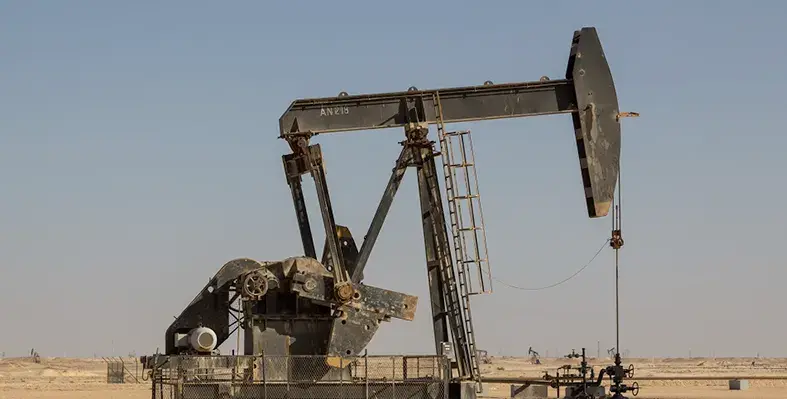Onshore Middle East is the cheapest source of new oil production, as the cost of developing new upstream oil projects continues to rise, according to new research from Rystad Energy
According to Rystad Energy, the average breakeven cost of a non-OPEC oil project grew to US$47 per barrel of Brent crude, a 5% increase in the last year alone, thanks to inflationary pressure and supply chain issues. Offshore deepwater and tight oil projects remain the most economical new supply sources, with oil sands still the most expensive.
The report found that onshore Middle East is the cheapest source of new production, with an average breakeven price of just US$27 per barrel. This segment also boasts one of the most significant resource potentials. Offshore shelf is the next cheapest (US$37 per barrel), followed by offshore deepwater (US$43) and North American shale (US$45). Conversely, oil sands production breakevens average US$57 per barrel, but can go as high as around US$75.
Cost pressures
"Rising breakeven prices reflect the increasing cost pressures on the upstream industry. This challenges the economic feasibility of some new projects, but certain segments, including offshore and tight oil, continue to offer competitive costs, ensuring supply can still be brought online to meet future demand. Managing these cost increases will be critical to sustaining long-term production growth,” said Espen Erlingsen, head of Upstream Research at Rystad Energy.
As well as breakevens, average payback for new projects, internal rate of return (IRR) and carbon dioxide (CO2) intensity are vital metrics for evaluating new oil development economics. The tight oil sector’s payback time is just two years, assuming an average oil price of US$70 per barrel, illustrating how quickly operators are recovering their investments. Payback time is closer to 10 years or more for the other supply segments. Tight oil also leads the pack in terms of IRR, with an estimated IRR of around 35% in the same average oil price scenario. Conversely, oil sands, the most expensive supply source, has the lowest IRR of approximately 12%.
Over the last three years, the average CO2 intensity for tight oil has been 14 kilograms per barrel of oil equivalent (kg per boe), while deepwater has a slightly higher average CO2 intensity of 15 kg per boe. The oil sands sector again falls behind the other segments, with the highest future estimated emissions at around 70 kg per boe.
Onshore Middle East cheapest source of new oil production

Onshore Middle East is the cheapest source of new production, with an average breakeven price of just US$27 per barrel. (Image source: Adobe Stock)








